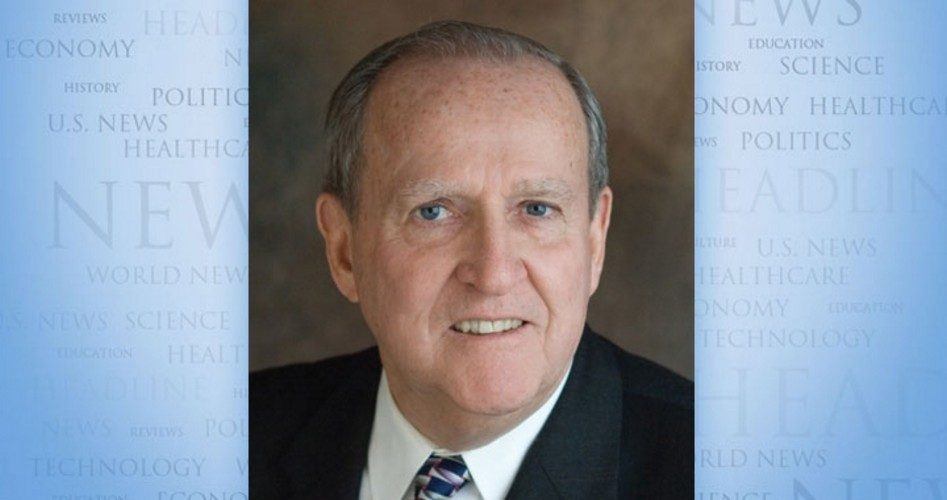
All segments of the mass media, not to mention politicians, clergy, and entertainers, went overboard to heap praise on the late Muhammad Ali. Few offered anything about his many dishonorable stances and statements.
Yes, he was a champion in the ring. Yes, he showed a humorous side, especially when he knocked pretenders off their self-created pedestals. And yes, he exhibited admirable courage when Parkinson’s disease ravaged his body.
But labeling him a champion of civil rights and a positive influence regarding race relations, as many did, stretches the truth. Cassius Clay (the name given him at birth) said and did much worthy of praise; he even won an Olympic Gold Medal and the heavyweight title three times. But there was another side to “The Greatest.”
Time magazine devoted 24 pages plus the cover of its weekly outpouring of political correctness to laud the late boxing legend. Full-page photos of Ali consumed eight of those pages with smaller complimentary photos throughout the remaining 16. And even though Time’s writer Robert Lipsyte capably informed readers about the rise and fall of much of the man’s career, he left out the darker side of the famous pugilist’s life. Sports Illustrated used 20 of its pages to do likewise.
Standing virtually alone, in dealing with the topic, Boston Globe columnist Jeff Jacoby acknowledged Ali’s athletic prowess but he recoiled at the praises given the man for his “civil rights” dedication. Jacoby pointed to flattering comments uttered by NBA Commissioner Adam Silver, British Prime Minister David Cameron, Massachusetts Senator Elizabeth Warren, and others. Many more heaped similar but undeserved praise on Ali while skipping his downside.
Early in his career, then-Cassius Clay fell under the influence of Malcolm X, the dangerous racist who founded the Black Muslims. He quickly renounced the name given him by parents, calling it his “slave name.” Adopting the name Muhammad Ali, he was interviewed in 1968 by Boston Globe columnist Bud Collins who quoted the emerging heavyweight boxing king as follows: “I know whites and blacks cannot get along; this is nature.” Then he began associating with Nation of Islam leader Elijah Muhammad. He even appeared at a Ku Klux Klan rally where a hooded throng burned a cross.
Playboy magazine interviewed the famous boxing great in 1975 and quoted his outspoken attitude: “A black man should be killed if he’s messing with a white woman.” About a black woman having a relationship with a white man, he said, “Kill her too.”
In his Time article, Lipsyte included the contrary opinion of Floyd Patterson, one of Ali’s opponents and himself a black American. Considered a crusader for Christianity and America, Patterson offered, “The image of a Black Muslim as a world heavyweight champion disgraces the sport and the nation. Cassius Clay must be beaten and the Black Muslim scourge must be removed from boxing.” Ali was outraged that Patterson had referred to him by his “slave name.” Then he pummeled Patterson in the ring.
At an age when he was eligible for military service, he was initially deemed unqualified because of not meeting educational standards. Once those qualifications were lowered, he did become eligible but his stern refusal to serve in the military ended up with him in the courts. He was tried and convicted by a jury and sent to prison for several years. Answering questioners, he said, “I ain’t got nothing against them Viet Cong.” Had his determination to stay out of uniform been based on legitimate criticism of the way the war was being conducted, his protest would have made some sense.
Never apologizing for his racism and unwillingness to serve in uniform, and wracked by Parkinson’s disease as he grew older, Ali won nationwide sympathy for decades. But his medical problems grew worse and he passed away on June 10, 2016, at 74 years of age.
John F. McManus is president emeritus of The John Birch Society. This column appeared originally at the insideJBS blog and is reprinted here with permission.


